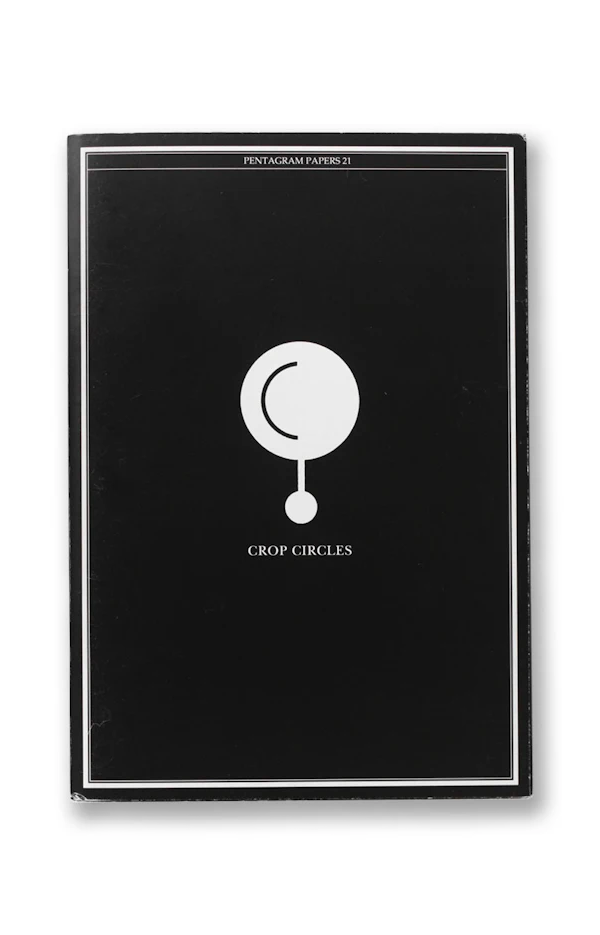In the dynamic and ever-evolving landscape of the creative industry, where innovative concepts and artistic expressions flourish, the significance of branding often finds itself in the shadows.
While branding is traditionally associated with more consumer-facing businesses, its transformative potential extends to creative endeavors as well. Yet, in an era defined by accelerated innovation and an over-saturation of information, the ability to stand out and make a lasting impression remains a great challenge for creatives.
So, how do businesses set themselves apart as a brand?
The answer lies in the strategic deployment of cognitive branding—a powerful approach that transcends visual identity to resonate deeply within the human psyche, tapping into the intricacies of human cognition and perception.
Cognitive branding recognizes that the human brain processes information, forms associations, and makes decisions in distinct ways, and it leverages these cognitive processes to create memorable and compelling brand experiences.
Aesop, an exemplar cognitive brand, embodies a robust brand that extends beyond its visual identity, forging a profound sensory connection with consumers through its meticulously crafted associations of authenticity and purity.
photography AEsop, Duke of York Square, London by Snøhettaphotography Rafael Gamo, via Dezeen photography Benjamin Hosking, via Dezeen This connection is built on an unwavering commitment to quality craftsmanship, use of organic and natural ingredients, and the creation of sensory-rich in-store experiences. Their very ethos of the brand, that well-considered design improves our lives, guides these branding decisions.
The result?
Strong cognitive associations that allow consumers to construct vivid, visceral brand perceptions of Aesop.
These associations are so deeply ingrained that if we were to imagine Aesop’s brand elements translated into the industry of hospitality, we would naturally conjure images of serene, minimalist spaces focused on sensory experiences. We can almost imagine the tactile sensation of their signature amber bottles translated to its interior, and even anticipate the earthy, botanical scents that would greet us upon arrival. The imagined feeling of wellness and luxury that characterises the Aesop hotel experience emerges effortlessly—an experience that mirrors the very essence of the brand.
photography Benjamin Hosking, via Dezeen At its core, a robust brand foundation anchored with specific values, lays the vital groundwork for cognitive touchpoints. Aesop’s focus on understanding the innate workings of the human mind & the benefits of cognitive appeal, can inspire creative businesses to go beyond the transactional to capture deeper, more thoughtful solutions for client interactions.
Leading to sustained positive brand-related value, memorability and positive association in the minds of the consumers, building trust, credibility and loyalty toward the brand and its related products and services in the long-term.
photography AEsop, Seochon, Seoul by Samuso HyojadongThe depth of branding goes beyond aesthetics; it aligns with instinctual processes in our brains, evoking emotions and memories that influence both conscious and subconscious choices. They tap into past experiences, making us happier and fostering connections that transcend transactions. The invisible layers of persuasion that we don’t see are, in fact, built upon intricate layers of intentionality, research and strategy.
Sandeep Dayal, a marketing and strategy thought leader, highlights that 95% of our brand choices are instinctual, relying on simplifying rules, past experiences, and even fantasies stored in our brains, or what he prefers to call "cognitive wisdom”.
Cognitive brands align with our brains' processes by unlocking “cognitive wisdom”, evoking emotions and memories that influence conscious and subconscious choices.
Brands that weave compelling experiences establish connections that transcend transactional relationships as it fosters deeper consumer engagement.
Consider Pentagram, a global design consultancy renowned for shaping brands and experiences. Beyond their client work, Pentagram’s self-branding efforts within the creative industry effectively harness cognitive branding strategies - and this is not just referring to their cohesive and instantly recognizable visual identity.
Started in the late 1970s, if you’re lucky, one would find a slim black volume titled “Pentagram Papers” about once a year in mailboxes. These little black books are the closest tangible collaterals you’ll receive to a business brochure, born directly from the creative minds of Pentagram.
source ‘Pentagram Papers 21: Crop Circles’
source ‘Pentagram Papers 25: Souvenir Albums’
source ‘Pentagram Papers 3: Brushes and Brooms’
source ‘Pentagram Papers 20: Architecture’Remarkably, these books serve as sensory marketing tools, conspicuously devoid of their studio's work, yet captivating in their own right. It houses artifacts of what the firm finds inspiring at random, yet intriguing. With volumes focused on crop circles in the U.K., showcasing graphic symbols that represent the patterns of the strange phenomena, to a well-designed testimony of the typeface Baskerville, as the most trustworthy typeface of all typefaces. The books are printed annually, with 1 of 5,000 copies arriving in the mailboxes of clients, friends, and colleagues who’ve made the mailing list. Coming in a limited run, gives them an air of exclusivity & an element of preciousness – which ultimately helps elevate the firm’s brand.
This unique strategy fosters deeper consumer engagement by presenting sets of unusual visual artifacts that resonate with audiences on a visceral level. One that is human-centric & tangible, allowing for intrigue & sensory memorability. According to Michael Bierut, a partner at Pentagram, “the justification as business self-promotion is really just disguising a really self-indulgent form of vanity publishing”. People who receive these books are inclined to think, "Pentagram is quite clever; they have connections with so many fascinating individuals."
This subtle, yet innovative way of differentiating the brand, highlights not only the firm's unique taste but also shapes the perception of Pentagram in the eyes of the industry by distinguishing itself in the competitive world of design.
“The justification
as business
self-promotion is really
just disguising a really
self-indulgent form of vanity publishing”
Michael Bierut
The journey to effective cognitive branding is not accidental or haphazard;
it's a carefully orchestrated endeavor rooted in the
science of human cognition.
The key is identifying appropriate cognitive triggers that demand thorough research and alignment with brand values.
At OSIRES, we foster a thoughtful approach to cognitive branding, emphasizing the importance of methodical research and alignment with core brand essences.
Join us on this exploration of cognitive branding's transformative potential as we harness the innate workings of the human mind and integrate them into impactful frameworks that can elevate your brand to new heights.
WORDS BY Kimberley Yuan & Lynn ChiaCREDITS
Mayer, R. E. (2014). Cognitive strategies. In R. K. Sawyer (Ed.), The Cambridge handbook of the learning sciences (2nd ed., pp. 228-241). Cambridge University Press.
Kozlowski, M., & Kozlowski, P. (2019). The effect of the type of feedback on learning from errors: An experimental study.
Wang, J., & Li, Y. (2020). A new method for measuring the symmetry of 2D shapes and its applications.
Brandingmag. (2021, February 26). Interview: How motivation theory can build brand loyalty with Aline Holzwarth, behavioral scientist.
Brandingmag. (2020, October 20). Interview: How instinctive emotion drives behavior with Cyrus McCandless, PhD.
Brandingmag. (2018, August 17). What the arts & culture industry needs now are interesting brands.
McKinsey & Company. (2020, October 14). Author talks: “If you don’t understand how, are you going to help?”
Fast Company. (2017, June 23). How Pentagram brands itself.
Dayal, Sandeep. Branding Between the Ears: Using Cognitive Science to Build Lasting Customer Connections. New York: McGraw-Hill Education, 2021.












